Top Business Intelligence Tools
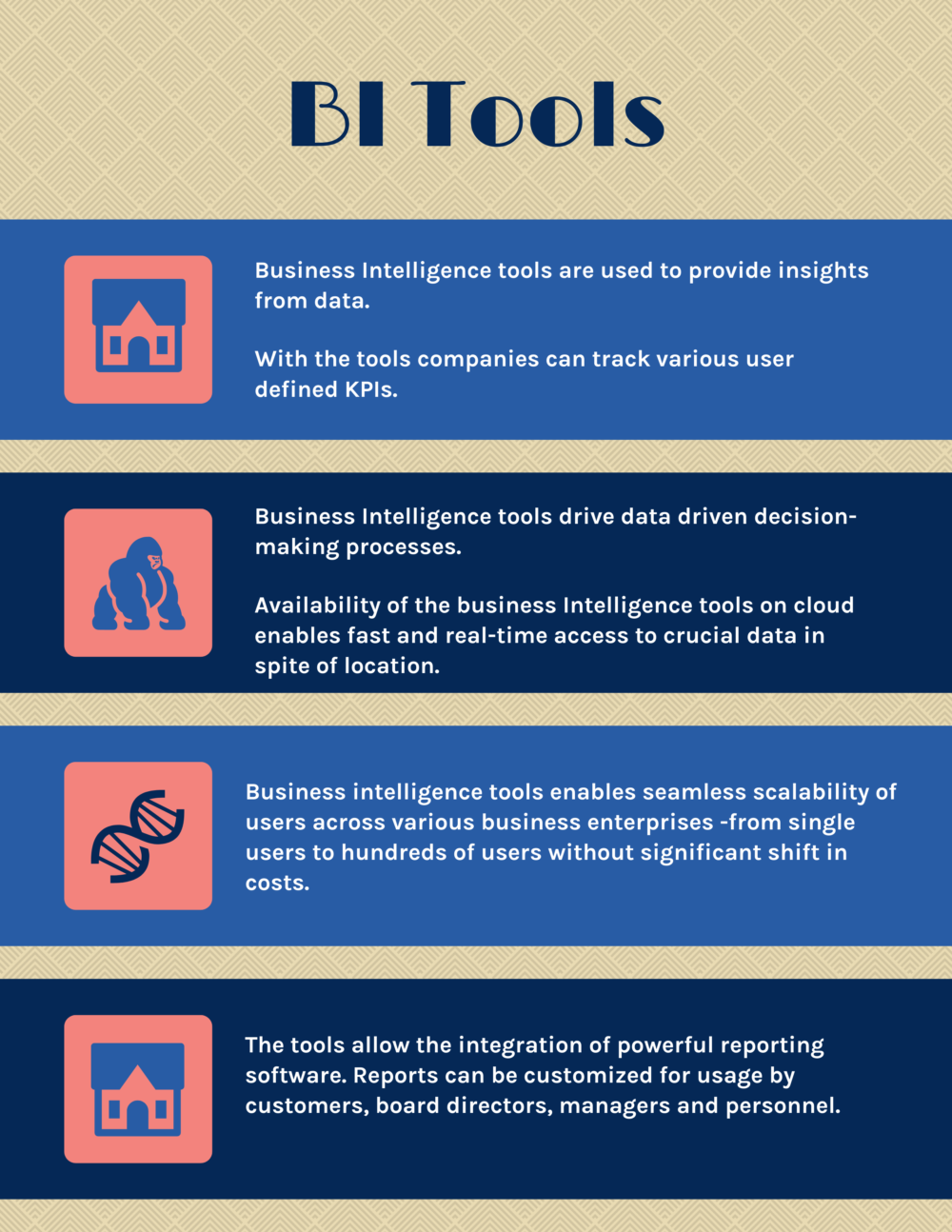
Business Intelligence (BI) tools are a suite of applications and technologies that help organizations gather, store, access, and analyze data to support informed decision-making. BI tools can provide insights into various aspects of an organization, including sales performance, marketing effectiveness, operational efficiency, and customer behavior, among others. The goal of BI tools is to provide decision-makers with the information they need to make informed decisions and improve overall business operations.
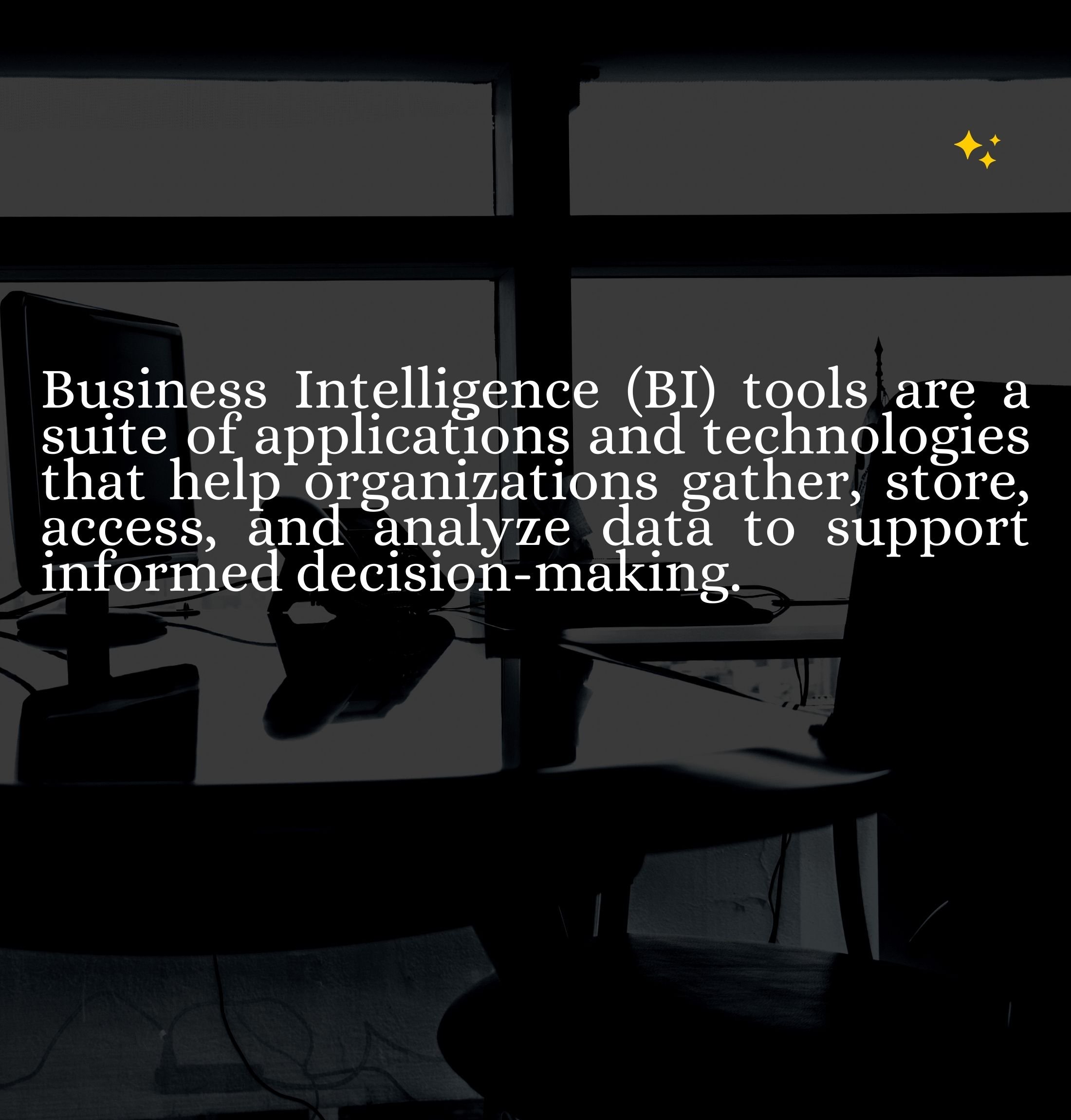
Business Intelligence Tools
BI tools typically include features such as data integration, data warehousing, reporting, and analytics. Data integration allows users to import data from multiple sources, such as databases, spreadsheets, and APIs, and bring it together in one centralized location. Data warehousing is the process of storing and organizing data in a manner that supports effective analysis and decision-making. Reporting allows users to create and distribute reports on key performance indicators (KPIs) and other important metrics. Analytics provides the ability to perform in-depth analysis of data, including the ability to create visualizations, perform data modeling, and perform predictive analytics. These tools provide organizations with the ability to make data-driven decisions, improve overall business operations, and gain a competitive edge.
Business Intelligence tools are used to provide insights from data. With the tools companies can track various user defined KPIs. Business Intelligence tools drive data driven decision-making processes. Availability of the business Intelligence tools on cloud enables fast and real-time access to crucial data in spite of location. Data can be integrated and formatted from different sources and this enables managers to run various ad hoc reports.
Improved business processes leads to enhanced efficiency and productivity. Business intelligence tools enables seamless scalability of users across various business enterprises -from single users to hundreds of users without significant shift in costs.
The tools includes applications such as reporting software, dash boarding. Reports can be customized for usage by customers, board directors, managers and personnel. BI generated charts, graphs and visualization can be integrated with existing customized applications. Insights are provided for both historical and real-time data. Resulting reports can be exported in various user-defined formats like Excel, PDF or PowerPoint presentations.
Users monitor various analytical metrics from a user-friendly dashboard that can be customized to suit user-preferences. This real-time access to crucial data enables decision-makers to take action as it arises. In the end, BI tools are great for mitigating risk and enhancing efficiency. Centralization of the company’s database promotes collaboration between different departments while eliminating the duplication of resources.
You may like to read: What is Dashboard Software?, Top Dashboard Software , and Open Source, Free and Top Dashboard Software
What is Business Intelligence Framework?
Business Intelligence Framework deals with the way end users view solutions integrated in the BI tools. End users can be managers, employees, board directors or any other key decision maker. The business architecture framework divides this views into three. The framework will start with data sourcing from existing internal integrated software like ERP or CRM. The data can also be sourced form external sources. The next stage is the data warehousing phase where data is extracted and uploaded.
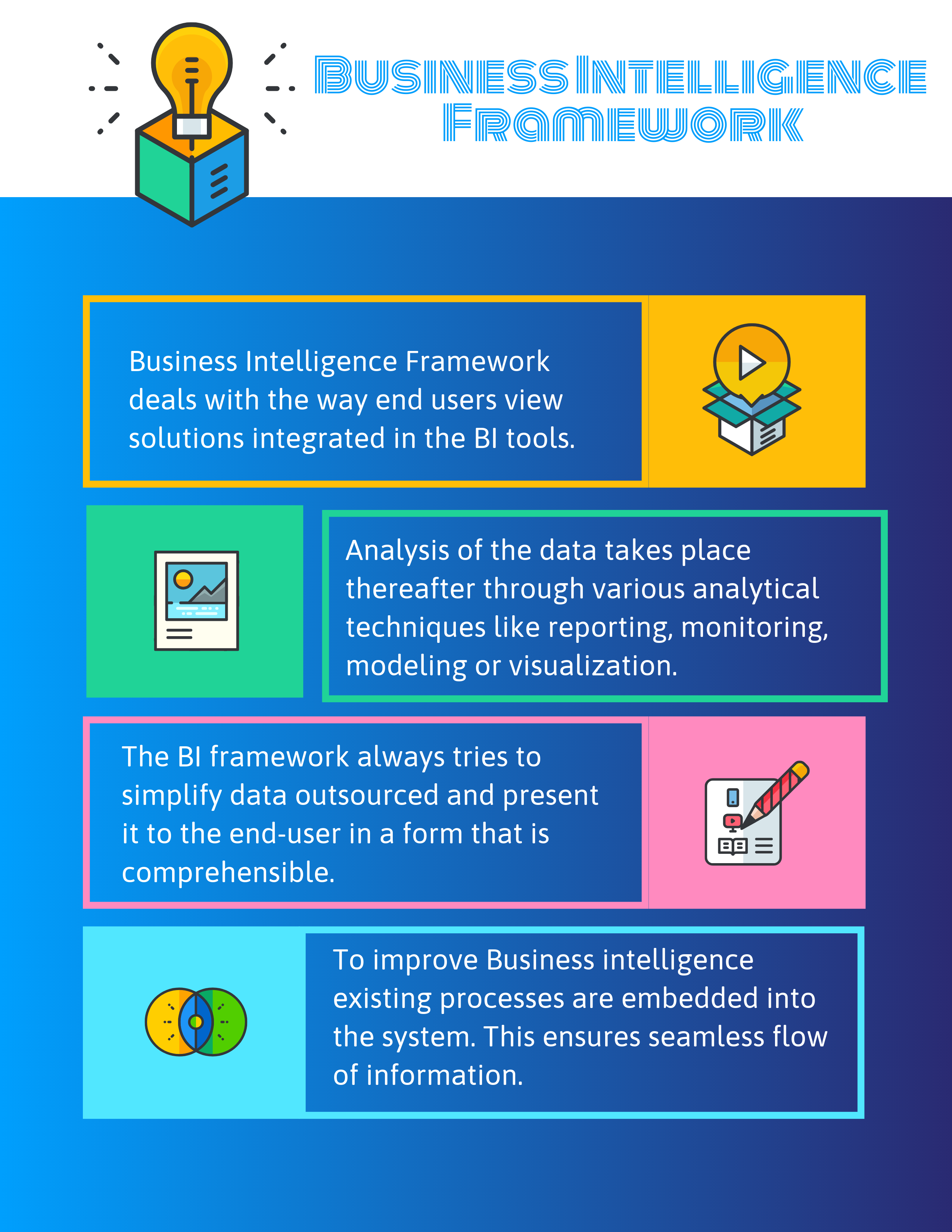
What is Business Intelligence Framework
Analysis of the data takes place thereafter through various analytical techniques like reporting, monitoring, modeling or visualization. The Analyzed data is then grouped into various departments that will consume it like HR, IT or Finance. The end users like managers, directors or frontline employees are then able to use the data for decision making and implementing crucial policies.
The BI framework always tries to simplify data outsourced and present it to the end-user in a form that is comprehensible. To improve Business intelligence existing processes are embedded into the system. This ensures seamless flow of information. There are three ways in which business intelligence is delivered – unstructured investigative, structured investigative and embedded. In the first way the end users are business analysts and they are provided with a comprehensive database that enables them answer some of the non-recurring business questions.
This is done through visualization, mining and modeling. In the structured investigative insightful reports are presented to end-consumers and this lets them get answers to recurring business questions. In the embedded view information is continuously pushed to end-consumers and this enables them to measure set objectives and final results. The last part to business intelligence architecture is the analysis part.
Various applications are used to dig further into the data set by giving answers to vital questions. Each depart in an organization has a list of queries that they want answered. HR may need to know areas where they need to do streamlining while finance may what to understand how they can boost shareholder value.
You may like to read: How to Select the Best Dashboard Software for Your Business, Top Best Practices in Dashboard Software, Top Chart Builder Software
What are the advantages of Business Intelligence Tools?
Business Intelligence (BI) tools provide organizations with improved data-driven decision-making, increased efficiency, better data visualization, enhanced data accessibility, improved collaboration, and enhanced operational performance. BI tools automate manual processes, provide centralized access to data, and allow for collaboration through shared dashboards and report generation. BI tools support informed decision-making by providing access to accurate and up-to-date information and revealing patterns and trends in data. This helps organizations make better use of their data and identify areas for improvement, leading to improved overall business operations and a competitive edge.
- BI Tools enable users to extract large trunks of unstructured data and process it for insightful reports. Visualization of the data helps managers make fast and real-time decisions.
- Customizable dashboards ensure that the most valuable piece of insight is presented first. The reports can easily be exported to end-users in various formats.
- BI tools allows managers explore various business based scenarios. Scenarios help in the mitigation of risk and enhanced collaboration amongst departments.
- Centralization of data sources removes bureaucracy walls and this leads to improved service delivery as business managers can have a 360-degree view of the company.
- BI tools deploy the latest machine learning algorithms and this helps in predicting future trends. Historical data can easily be cross-referenced with current data and recurring trends discovered.
- Integration with mobile interfaces lets managers view reports remotely from across the globe. This leads to fast and precise decision making processes.
- BI tools give companies a competitive edge because they get a glimpse of emerging consumer trends and identify potential markets before they become saturated.
- BI tools gives companies insight into consumer habits and this helps them cross-sell their products.
- BI tools allows for seamless scalability; the tools can be used by multiple users and can handle large data sets.
- BI tools help managers dig deeper into their manufacturing and inventory systems and this boosts profitability by eliminating excess stock and reducing manufacturing costs.
- BI tools help employees focus on result oriented tasks. Decisions are data driven and this eliminates the duplication of resources while boosting productivity.
- User defined dashboards enable company changes from the bottom to the top. Managers can use the dashboards to get a general view of the company by running various KPI metrics.
- Parameters can be set by managers and this eliminated micromanaging as everyone in the organization knows what their tasks entail.
You may like to read: What is Dashboard Software?, Top Dashboard Software , and Open Source, Free and Top Dashboard Software
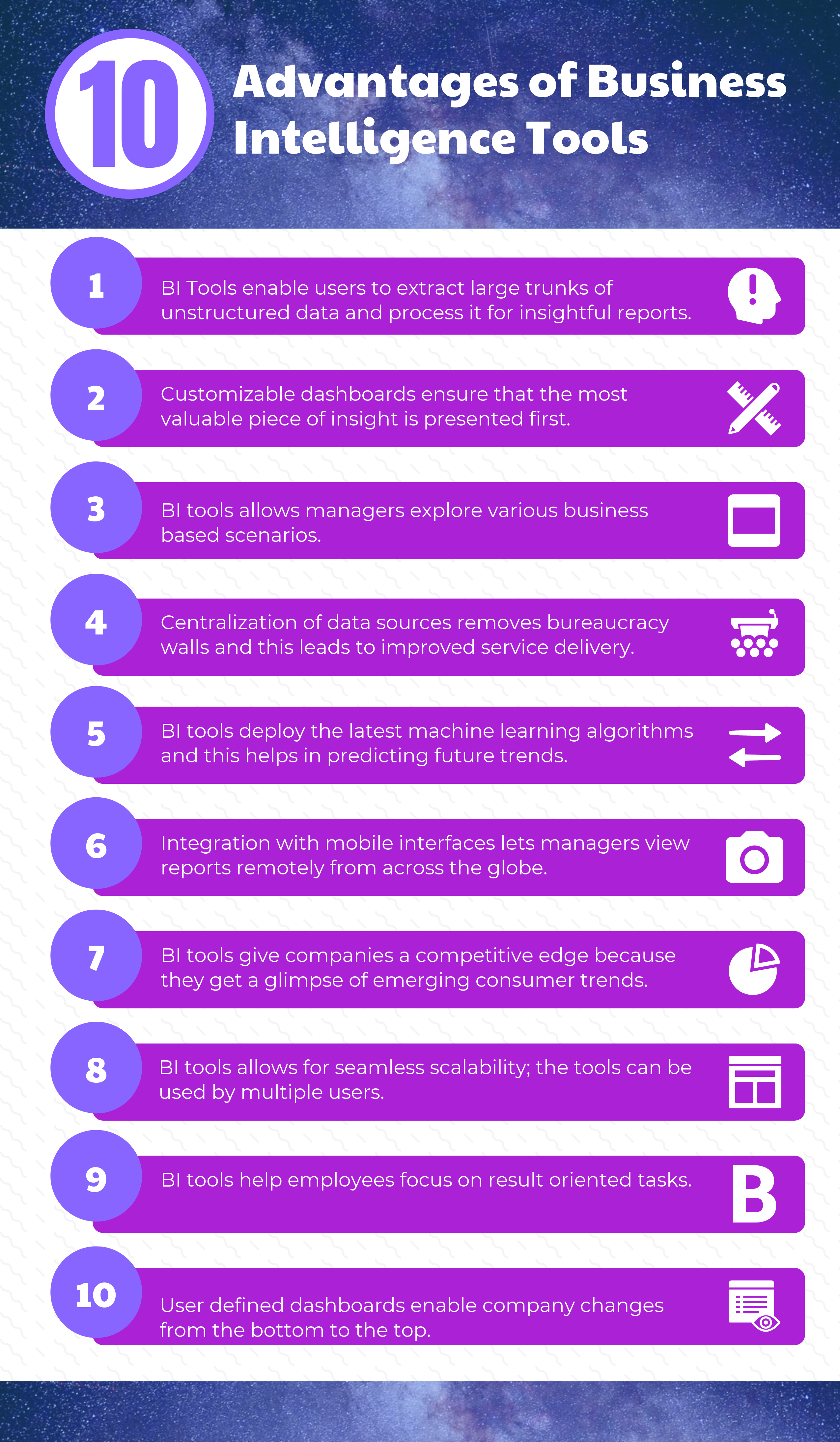
What are the advantages of Business Intelligence Tools
What are the Top BI Software?
You may like to read: How to Select the Best Dashboard Software for Your Business, Top Best Practices in Dashboard Software, Top Chart Builder Software
What are Business Intelligence Tools?
Business Intelligence tools are used to provide insights from data. With the tools companies can track various user defined KPIs. Business Intelligence tools drive data driven decision-making processes.Data can be integrated and formatted from different sources and this enables managers to run various ad hoc reports.The tools includes applications such as reporting software, dash boarding.
















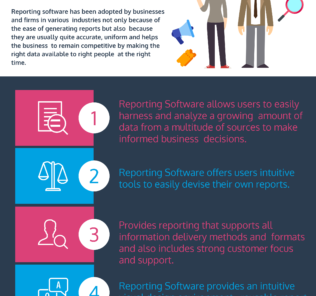
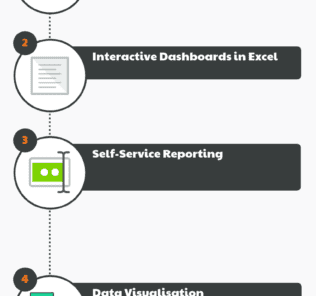
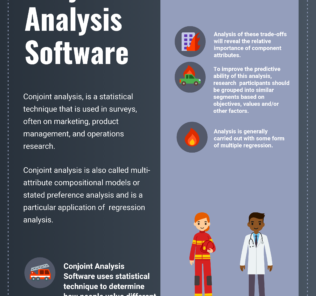
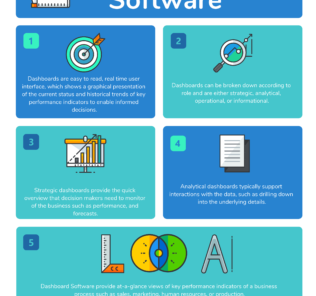






By clicking Sign In with Social Media, you agree to let PAT RESEARCH store, use and/or disclose your Social Media profile and email address in accordance with the PAT RESEARCH Privacy Policy and agree to the Terms of Use.